Top speed 196 km/h Length 11 m Retired 1931 | Wingspan 14 m Introduced 1923 First flight 1922 | |
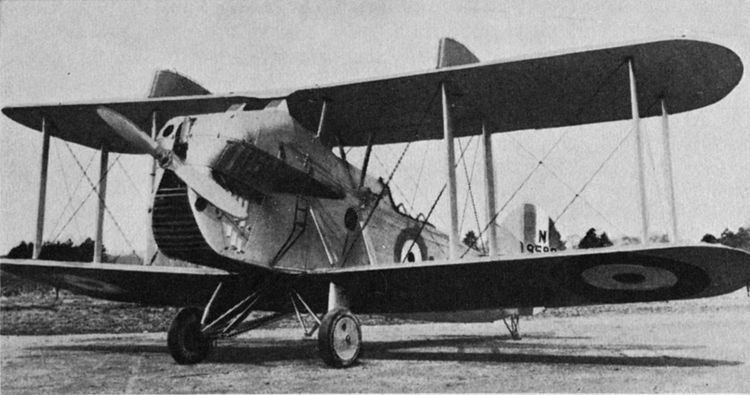 | ||
The Blackburn R-1 Blackburn was a 1920s British single-engine fleet spotter/reconnaissance aircraft built by Blackburn Aircraft.
Contents
History

The Blackburn was developed to meet a naval requirement (Specification 3/21) for a carrier-based reconnaissance aircraft and gun spotting aircraft. Blackburn designed a new fuselage and used the wing and tail surfaces from the Blackburn Dart. The pilot sat in an open cockpit above the engine, a navigator sat inside the fuselage and a gun position was located at the rear of the fuselage cabin. The aircraft's two-bay wings could fold for stowage aboard aircraft carriers, with the upper wing attached directly to the fuselage, which filled the interplane gap. Armament was a single forward-firing Vickers machine gun mounted externally to the left of the pilot, with a Lewis gun on a Scarff ring for the gunner.
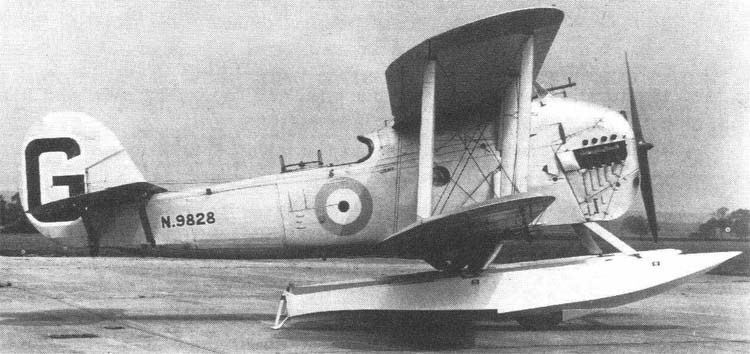
Three prototypes were flown during 1922, leading to an initial production contract for 12 aircraft. The production aircraft were designated Blackburn I and the first deliveries to the Fleet Air Arm at Gosport began in April 1923. 18 more Blackburn Is were built in 1923-4. Its first operational deployment was with No. 422 Fleet Spotter Flight, which deployed aboard HMS Eagle in the Mediterranean in 1923.
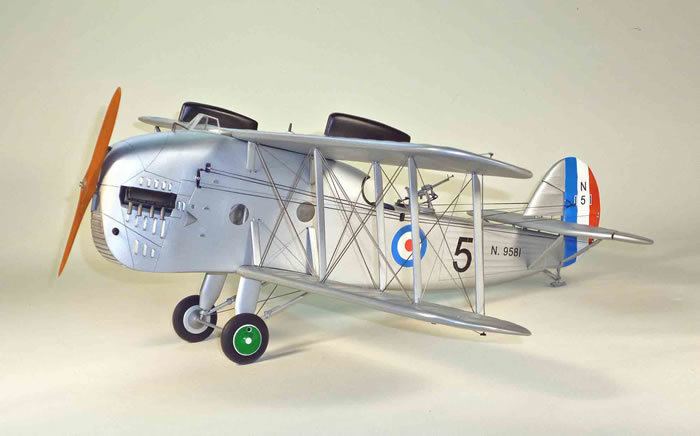
A further order for 29 Blackburns was placed with the more powerful Napier Lion V engine, designated the Blackburn II. The upper wing was raised 22½ in (0.57 m) to improve handling. A few Blackburns were used as dual-control trainers and all the Blackburn Is were converted to II standard before the type became obsolete in 1931, when they were replaced by the Fairey IIIF.
Variants
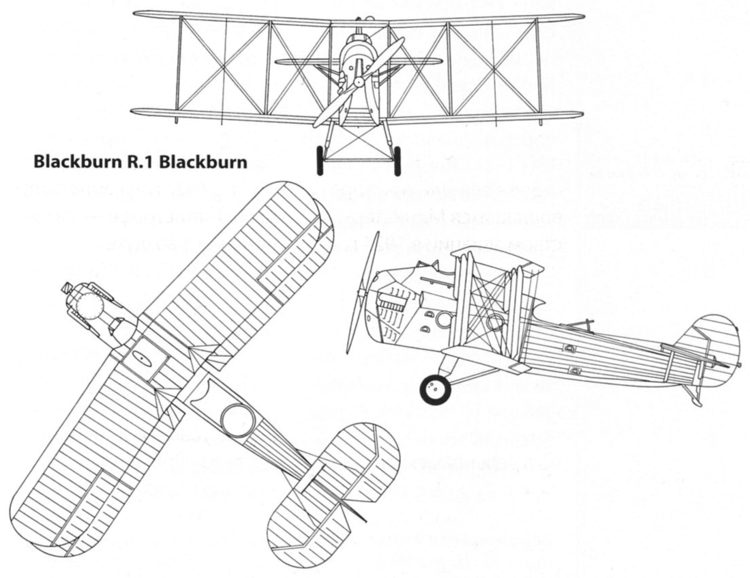

Operators
Specifications (Blackburn I)
Data from British Naval Aircraft since 1912
General characteristics
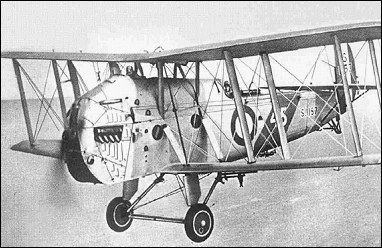
Performance
Armament
